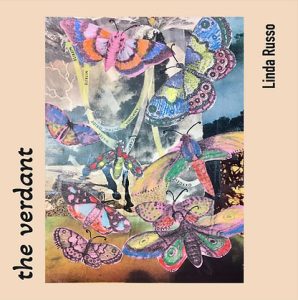Neon Magazine – 2011
2011
Quarterly
Robin Devereaux-Nelson
They say that good things come in small packages, and this gritty issue certainly backs up the claim. Neon is a perfect take-along for the train, bus or plane, tucked in a pocket or a bag, and will transport you to a world full of stark visuals, poetry and prose perfectly accompanied by sharp black and white photography.
They say that good things come in small packages, and this gritty issue certainly backs up the claim. Neon is a perfect take-along for the train, bus or plane, tucked in a pocket or a bag, and will transport you to a world full of stark visuals, poetry and prose perfectly accompanied by sharp black and white photography.
How apt the striking cover art by photographer Mario Alberto Magallanes Trejo, depicting cement pilings, a stark city-scape in the background. This body of work essentially has an urban feel, with the exception of two poems by Gregory Dunn, “Northern Lights” and “You’re Not At The Top Of The Food Chain Here, My Friend.” Dunn’s poetry takes us on a whimsical, refreshing vacation out of the city of Neon and into the wooded wilds. L.E. Butler’s story, “Pitch,” also adds a softness to this collection, a dream interlude, that is full of longing—and truth.
The remainder of the collection has an industrial feel that tastes of metal and muscle: from the mechanical, steam-engine driven poetry of Grant Loveys to Nemone Thomas’s mesmerizing science fiction/horror piece “Safe Keeping”:
Dixie sees the thing on the tracks first. “It’s a body.” The track is a long, long way below the bridge. Matt has binoculars. “It’s a skeleton.” We take turns. It is a skeleton. Not a clean one; bits of old tissue are still sticking to it. It’s dark, like those mummies that people find in bogs. Brendan thinks that as well as the remains of tissue, it’s wearing clothes. Shreds of trousers, at least. We wait for a long time, but no train comes. I want to see a train go through the body, and I wonder if the others feel the same.
Thomas explores the dark desires of human beings living an automaton-like existence, who create titillating, scary adventures as if they are children stuck at a boring vacation spot.
I read Amy Schreibman Walter’s poem “The Frustration of Barbie,” both silently and aloud, thoroughly enjoying the piece’s rhythm, candor, humor and bitterness. Walter’s poem speaks of a woman’s frustration, of spoiled connection:
His three-piece suit is slipping.
She lowers his grey pants to his ankles.
Naked, Ken is missing a man part;
his crotch, a sick joke.
At the poem’s conclusion, Walter’s sets Barbie free Thelma and Louise style, with Barbie driving herself off a cliff on a coastal road in her Dream Car, “She is liberated, liberated. Glistening with potential.”
I was also struck by “Emergence of the Robot” by Ashley Maser, a concise piece that melds the contrasts of technology and humanness to create a tight word sculpture. Maser’s poem, “The Leaving,” connects the reader to the issue of abandonment, and the ways we are moved to mundane tasks as a way to mask the pain of desertion by someone we’ve loved.
As a collection, Neon packs a lot of punch for its minimal size. This thoughtfully-planned little book is a definite keeper.
[www.neonmagazine.co.uk]




